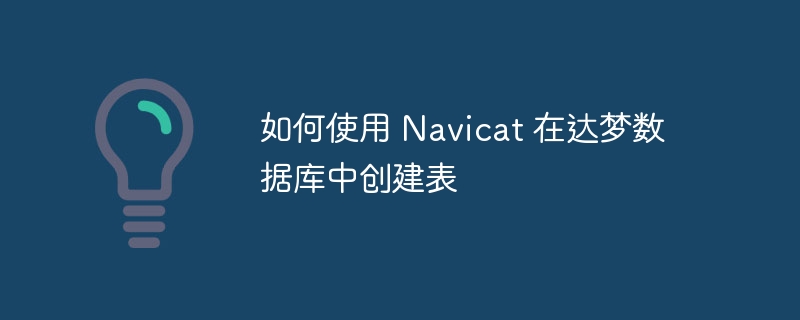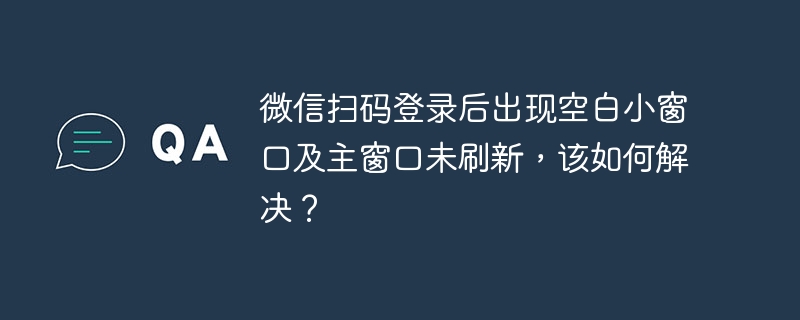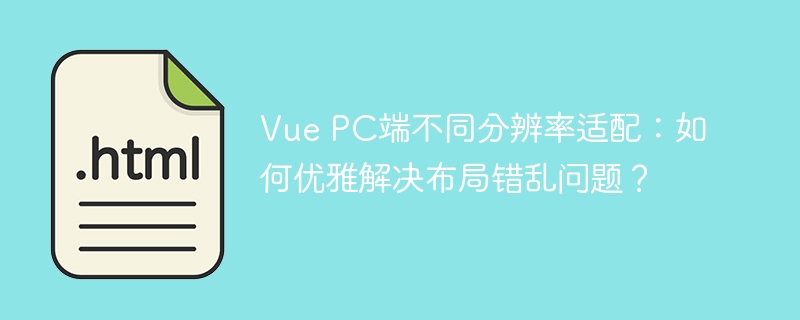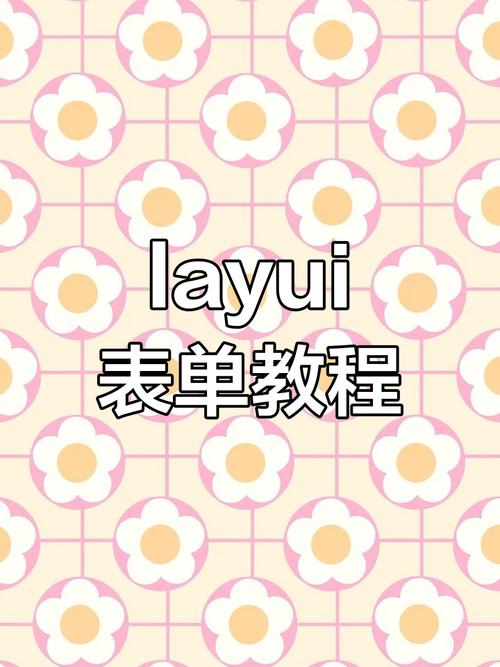可以按如下方式设置应用程序的样式 –
- 使用样式表组件
- 使用内联样式
使用样式表组件
当您想要将样式应用到应用程序时,React 原生样式表组件非常方便且简洁。要使用样式表组件,首先将其导入,如下所示 –
import { StyleSheet } from 'react-native';
您可以使用样式表组件创建样式,如下所示 –
const styles = StyleSheet.create({ container: { flex: 1, marginTop: StatusBar.currentHeight || 0, }, item: { margin: 10, padding: 20, marginVertical: 8, marginHorizontal: 16, } });
上面的样式可以在你的代码中使用如下 –
<view style="{styles.container}"></view>
这里是一个使用样式表来显示 FlatList 组件的示例 –
立即学习“前端免费学习笔记(深入)”;
示例 1
import React from "react"; import { FlatList , Text, View, StyleSheet, StatusBar } from "react-native"; export default class App extends React.Component { constructor() { super(); this.state = { data: [ { name: "JavaScript Frameworks", isTitle: true }, { name: "Angular", isTitle: false }, { name: "ReactJS", isTitle: false }, { name: "VueJS", isTitle: false }, { name: "ReactNative", isTitle: false }, { name: "PHP Frameworks", isTitle: true }, { name: "Laravel", isTitle: false }, { name: "CodeIgniter", isTitle: false }, { name: "CakePHP", isTitle: false }, { name: "Symfony", isTitle: false } ], stickyHeaderIndices: [] }; } renderItem = ({ item }) => { return ( <view style="{styles.item}"> <text style="{{" fontweight: : color:> {item.name} </text> </view> ); }; render() { return ( <view style="{styles.container}"> <flatlist> item.name} stickyHeaderIndices={this.state.stickyHeaderIndices} /> </flatlist></view> ); } } const styles = StyleSheet.create({ container: { flex: 1, marginTop: StatusBar.currentHeight || 0, }, item: { margin: 10, padding: 20, marginVertical: 8, marginHorizontal: 16, } });
输出
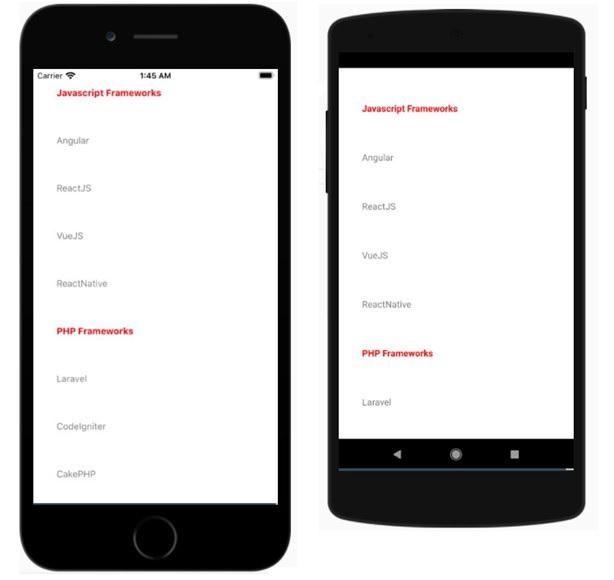
使用内联样式
您可以使用 style 属性来添加内联样式。然而,这不是最佳实践,因为它可能很难阅读代码。这是一个关于如何在reactnative组件中使用内联样式的工作示例
示例2
导出默认应用程序;
import React from 'react'; import { Button, View, Alert } from 'react-native'; const App = () => { return ( <view style="{{flex" :1 justifycontent: margin:> <button title="Click Me" color="#9C27B0" onpress="{()"> Alert.alert('Testing Button for React Native ')} /> </button></view> ); }
输出

© 版权声明
文章版权归作者所有,未经允许请勿转载。
THE END









